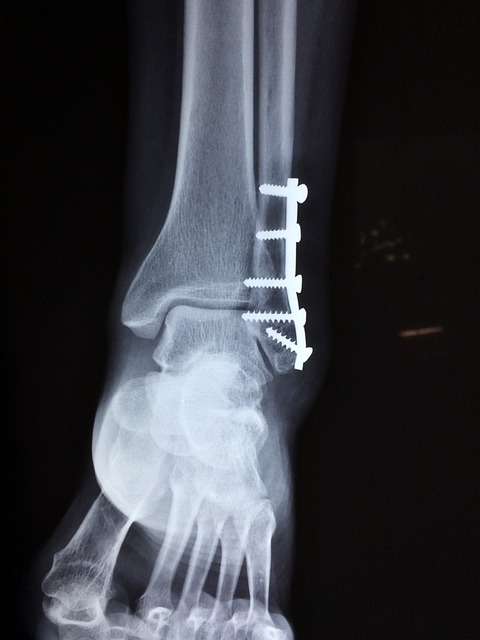Ankle pain is a common condition that can affect any part of the ankle, including the bones, joints, ligaments, tendons, or muscles.Some common causes of ankle pain include sprains or strains, which can occur when the ankle twists or turns in an unnatural way, resulting in damage to the ligaments or muscles. Other causes can include arthritis, tendinitis, bone fractures, or nerve damage.Symptoms of ankle pain can include swelling, redness, stiffness, weakness, or a decreased range of motion.
How Can Ankle Pain Affect Your Life?
Ankle pain can have a significant impact on your daily life, as it can make it difficult or even impossible to perform basic activities such as walking, standing, or running. Some common ways ankle pain can affect your life:
Reduced Mobility
If you experience ankle pain, you may have difficulty walking, running, or even standing for long periods of time. It can limit your ability to participate in activities you enjoy or perform daily tasks such as grocery shopping, doing household chores, or walking your dog.
Decreased Quality of Life
Chronic ankle pain can lead to a decrease in your overall quality of life. You may experience depression or anxiety due to your inability to engage in activities you enjoy.
Risk of Falling
Ankle pain can make you more susceptible to falls, which can result in serious injuries such as broken bones or head trauma.
Weight Gain
If you are unable to engage in physical activity due to ankle pain, you may be at risk of gaining weight, which, according to QC Kinetix (Towson) of Towson, can lead to several other health issues such as cardiac disease and diabetes.
Follow the map
Sleep Disturbance
Ankle pain can interfere with your ability to sleep, as it may be difficult to find a comfortable position in bed. It can lead to sleep deprivation, which can have negative effects on your overall health and well-being.
How to Treat Ankle Pain without Surgical Intervention
Rest and ice: Resting the affected ankle and applying ice to the area can help reduce pain and inflammation. Elevating the ankle can also help.
Physical therapy: A physical therapist can help you with exercises and stretches to strengthen your ankle and improve flexibility. It can lessen pain and help avert future injuries.
Pain relief medication: Over-the-counter pain medications such as acetaminophen or ibuprofen can help relieve pain and inflammation. You must consult your doctor before taking any medicines and also carefully read and follow the prescription and instructions mentioned on the label.
Shoe inserts or braces: According to Healthline, braces or orthopedic shoe inserts can help joint realignment. Using compression bandages available at drugstores can also help to reduce the swelling.
Steroid injections: In some cases, a doctor may recommend a corticosteroid injection to reduce pain and inflammation.
Conclusion
It is important to note that the best treatment for ankle pain will depend on the underlying cause of the pain. You should consult with your doctor accurately diagnose the cause and treat it. It’s important to seek medical attention if you experience ankle pain, as early intervention can help prevent further damage and improve your quality of life.
Read Also: Understanding the Latest Technologies in Orthopedics
















Leave a Reply